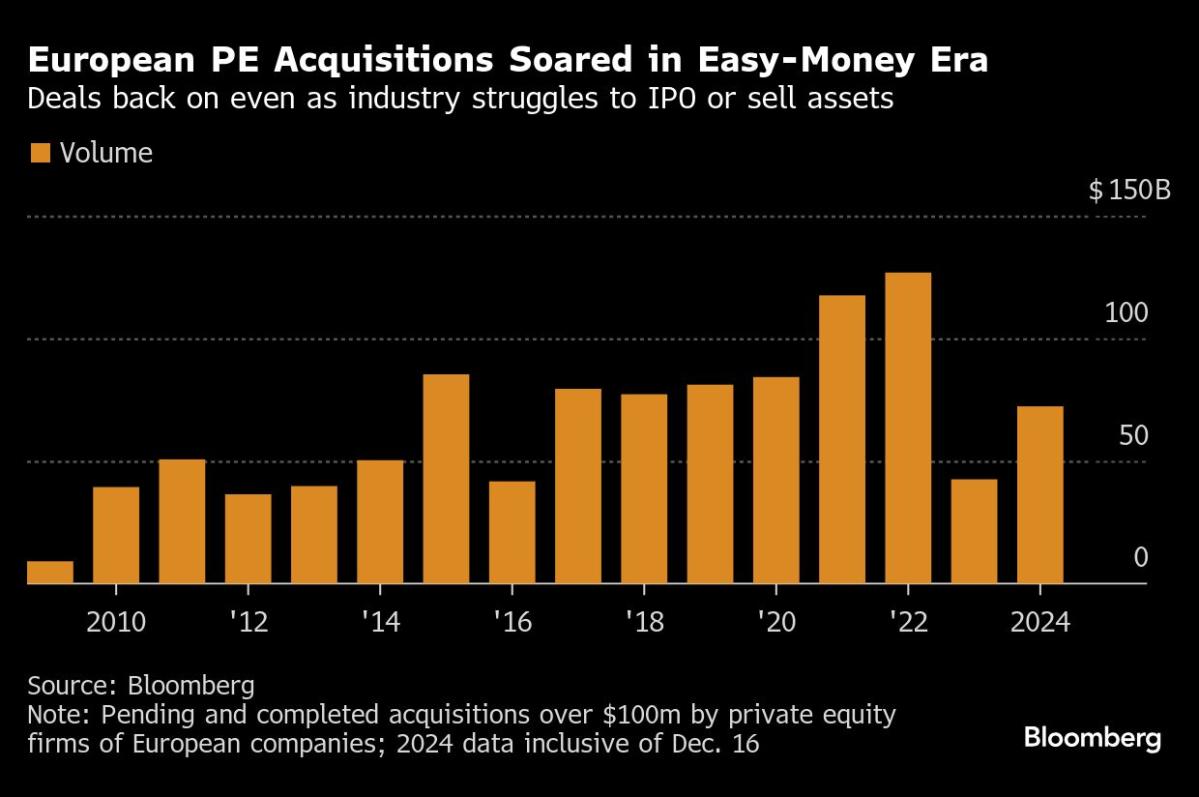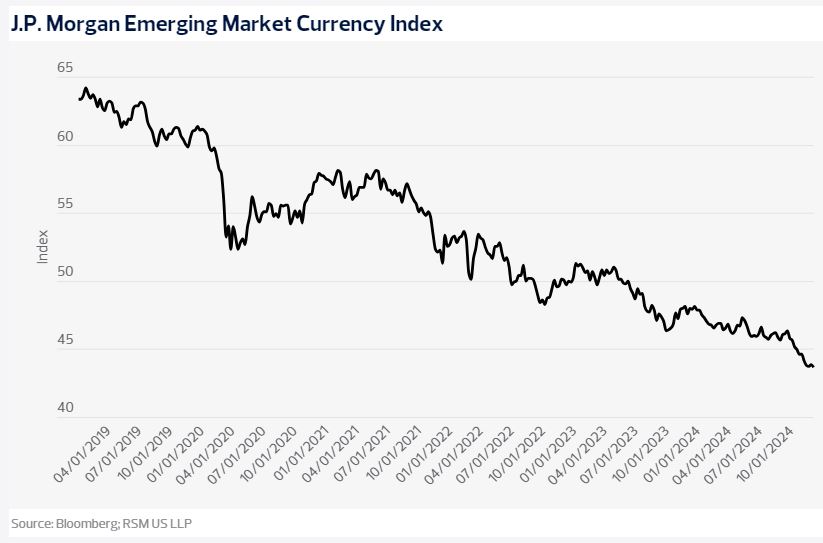(Bloomberg) — Buyout firms are planning to cash out from a string of European portfolio companies in 2025 to return money to clients. There’s just one catch — stock market investors don’t want the debt piles that can come with them.
Most Read from Bloomberg
That’s leading private equity groups to explore ways to clean up these balance sheets, including shouldering part of the burden themselves. One option is to lump debt onto a corporate structure outside the entity being listed, reducing the amount of equity the IPO needs to raise to bring down debt exposure, bankers say.
It’s the sort of financial engineering more commonly used for private companies and has few recent precedents for firms being taken to European stock markets. Yet with pressure mounting on private equity to exit investments, a pre-IPO funding round or moving some debt to shareholders could clear the way for listings, according to Alex Watkins, co-head of international equity capital markets at JPMorgan Chase & Co.
“One of the key issues that was delaying private equity IPOs is leverage — sponsors are now either getting on with IPOs, even if that means deals with large primary components, or exploring other solutions,” said Watkins.
Europe’s IPO market is starting to bounce back, and bankers expect even more next year, with much of the supply likely to come from private equity firms shedding assets after a tough couple of years. Because many of these investments were funded through leveraged buyouts during the easy-money era, debt piles are now in focus in a world of higher borrowing costs.
Buyout groups are increasingly turning to the stock market to exit their investments, with more than $25 billion raised in Europe alone this year through IPOs and selldowns led by private equity funds and similar investors.
Market practice indicates that most businesses need to keep debt at no higher than three times core earnings in order to go public. Selling new shares through the listing can raise cash for deleveraging, but leaning heavily on such an approach comes with risks.
If the amount required is too large, it leaves owners with little room to tweak the offer size and therefore less pricing power, according to Andreas Bernstorff, head of ECM at BNP Paribas SA.
That’s prompting private equity groups to think more creatively about the ratio between debt and core earnings, a commonly used measure of leverage. One potential solution is payment-in-kind debt, which gives sponsors more options around deferring coupon payments.




